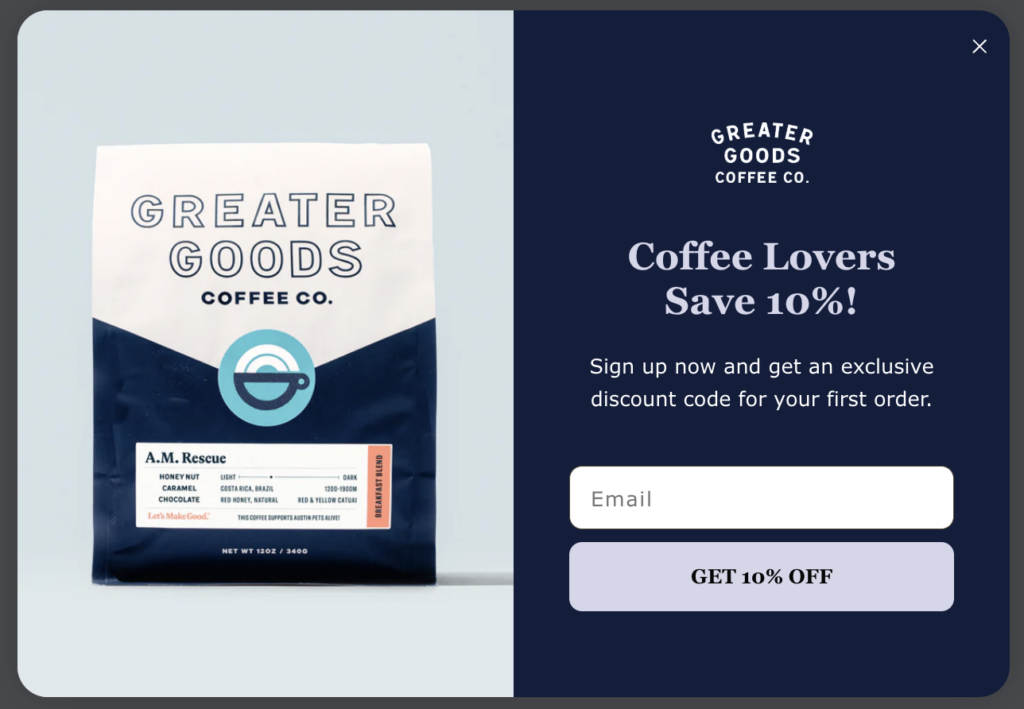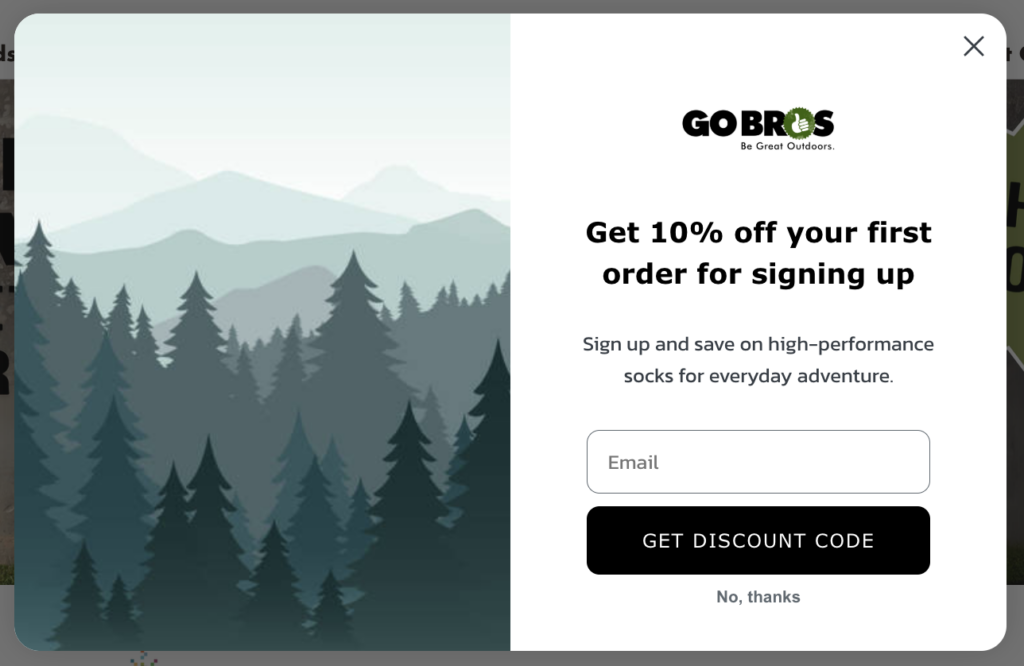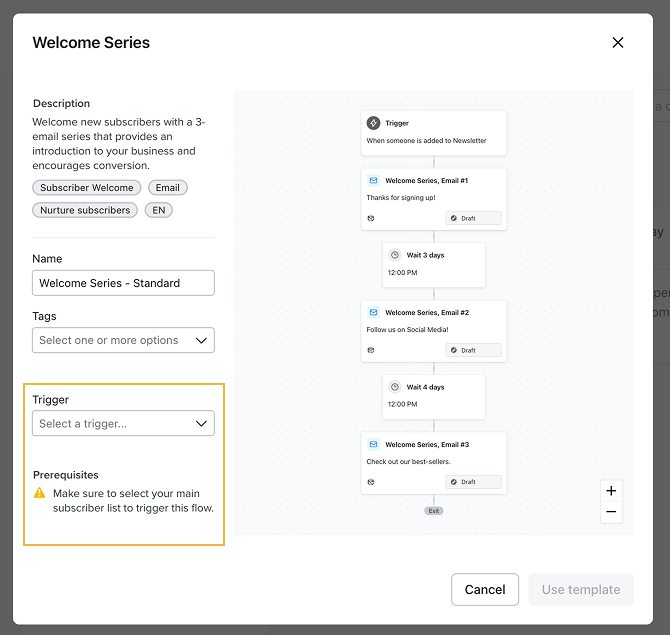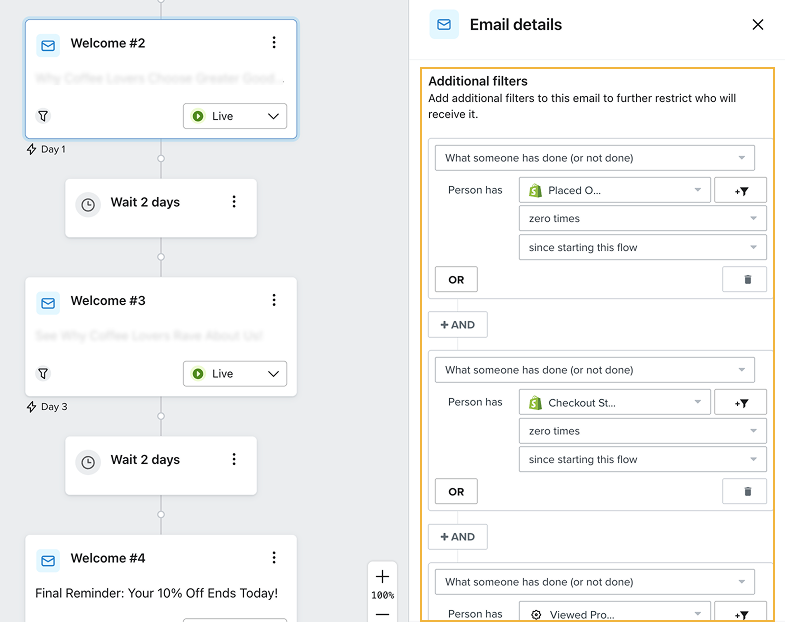Welcome flow optimization is a powerful strategy many brands use to grow their customer base by collecting emails and offering a small discount. This approach helps increase leads and targets potential customers who may not be ready to buy right away.
Compared to paid advertising, it’s a more cost-effective way to drive conversions, and when done right, a well-optimized welcome flow can provide a simple yet powerful revenue boost.
In this blog post, we’ll start from the very beginning, covering how to create an optimized welcome flow—starting with setting up your email collection form, followed by the right setups, and finally crafting the perfect welcome emails.
Best Practices for Creating a High-Converting Popup
When creating your popup, it’s important to keep the message simple and straightforward. Clearly state what the lead will get in exchange for their email. Avoid using complicated or misleading language, as this can lower your signup rate. Potential leads need to know exactly what they’re signing up for, so make your offer clear and easy to understand.
Additionally, focus on asking just for the email. Our A/B testing shows that when you only ask for an email address (instead of the first name), sign-up rates can increase by up to 40%. The more information you require, the lower the signup rate tends to be.
The optimal approach for timing is to trigger the popup after 3-5 seconds on the page. Popups are designed to capture email addresses quickly, usually within the first few seconds of a visitor’s arrival. Best practices suggest that immediate popups (3-5 seconds) are more effective than delayed ones because visitors have short attention spans.
If they don’t see a prompt to subscribe or engage quickly, they may leave without taking any action.
The conversion rate for email sign-ups can be up to 20% higher when the popup appears a few seconds after the visitor lands on your page.
Now, let’s focus on welcome flow optimization.


How to Create an Effective Welcome Flow
When starting with welcome flow optimization, it’s important to understand the average time it takes for first-time purchasers to convert. This data will help you determine how many emails to include in your sequence and how frequently to send them.
For example, if the average time to convert is around 3 days, sending one to two emails is usually enough. However, if it takes more than 10 days on average, a sequence of five emails works best to keep potential customers engaged without overwhelming them.
One of the best practices—and the most common approach—is to offer a discount to first-time purchasers to encourage them to complete their order. To maximize effectiveness, the first email should be sent immediately after someone signs up. However, if you’re using custom codes, there can sometimes be a delay in sending the email.
This happens because Klaviyo needs to generate and assign a unique code to each subscriber, which can take anywhere from a few seconds to over 10 minutes.
A great workaround is to use the same discount code for all subscribers instead of generating unique ones. This ensures the welcome email is sent instantly, increasing the chances of conversion. If you go with a shared code, make sure you have settings in place to limit its use to one per customer to prevent misuse.
Setting the Right Trigger for Your Welcome Flow
The trigger for your welcome flow should be when someone is added to the list where you collect new leads. As mentioned earlier, the first email should be sent immediately to maximize engagement and increase the chances of conversion.

For the first email, you shouldn’t add any additional filters—just send it right away. However, for the following emails, you need to add restrictions to avoid sending unnecessary reminders.
Here’s how to set up additional filters for the next emails in welcome flow optimization:
Go to the email where you want to add filters.
Create the following filter conditions:
What someone has done → Placed order → Zero times → Since starting the flow, AND
What someone has done → Started checkout → Zero times → Since starting the flow, AND
What someone has done → Added to cart → Zero times → Since starting the flow, AND
What someone has done → Viewed product → Zero times → Since starting the flow
Optional: To maintain a healthy deliverability score, you can add:
What someone has done → Marked email as spam → Zero times → In the last 30 days
These filters ensure that once a lead adds a product to their cart, starts checkout, or completes a purchase, they move into the appropriate abandonment flow or post-purchase flows instead of continuing to receive welcome emails. This prevents unnecessary emails and keeps your messaging relevant.

Creating the Right Message for Your Welcome Flow
As mentioned earlier, the main goal of your welcome flow is to convert potential customers into first-time buyers. While it’s important to introduce your brand, don’t lose focus on what really matters—getting the lead to make a purchase.
Every email in your welcome flow should remind leads that they have an active welcome discount and create urgency around using it. Keep your messaging clear, direct, and focused on why they should buy now.
Highlight product benefits, share customer testimonials, or use social proof to build trust—but always bring the focus back to redeeming the discount and completing their first purchase.
Common Mistakes to Avoid in Your Welcome Flow
Even the best welcome flows can fail if certain mistakes are made. Here are the most common pitfalls and how to avoid them:
- not sending the first email immediately,
- overcomplicating your message,
- forgetting to remind leads about their discount,
- sending too many or too few emails,
- not excluding purchasers from follow-ups,
- asking too much information in the signup form, and
- triggering popups too late.
To make the most of your welcome flow, avoid these common mistakes. Ensure that your messages are clear, concise, and well-timed to engage your new leads.
Sending the right number of emails, offering a simple signup process, and using effective triggers will help keep potential customers interested without overwhelming them. Keeping these tips in mind will boost your chances of turning first-time visitors into loyal customers.
Summing Up
To sum up, optimizing your welcome flow is a simple yet powerful strategy to boost conversions. By following best practices and avoiding common mistakes, you can create a seamless experience for your new leads and encourage first-time purchases. While it’s easy to set up, it’s essential to keep key considerations in mind to ensure your flow is effective and engaging. Focus on clarity, timing, and the right messaging, and you’ll see an improvement in your sign-up and conversion rates.




